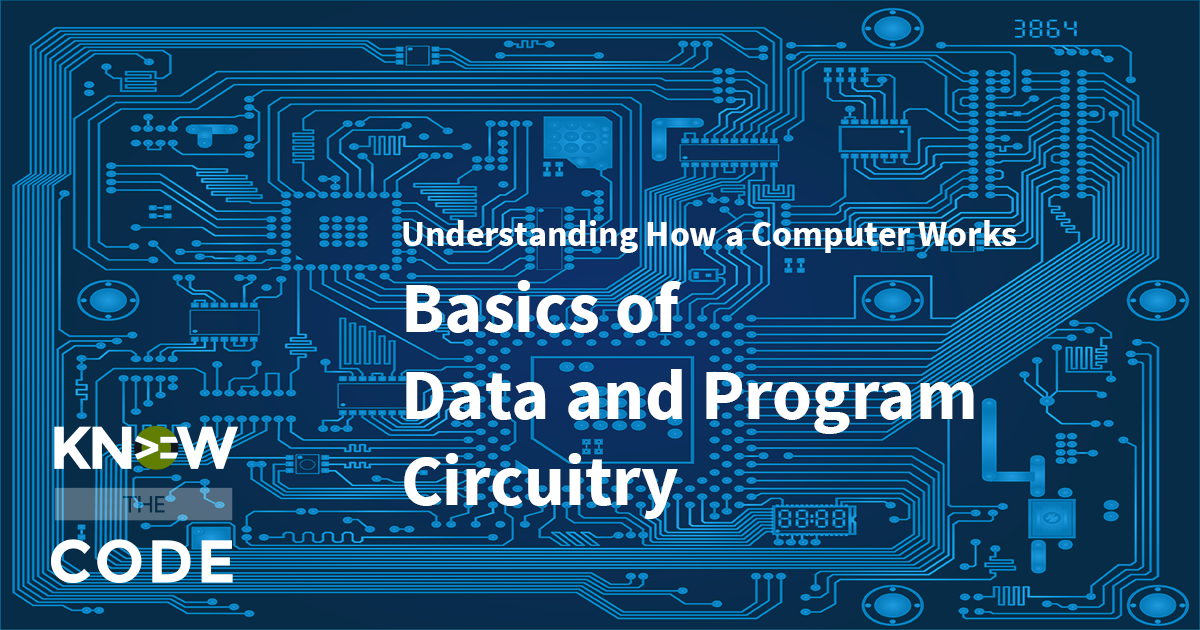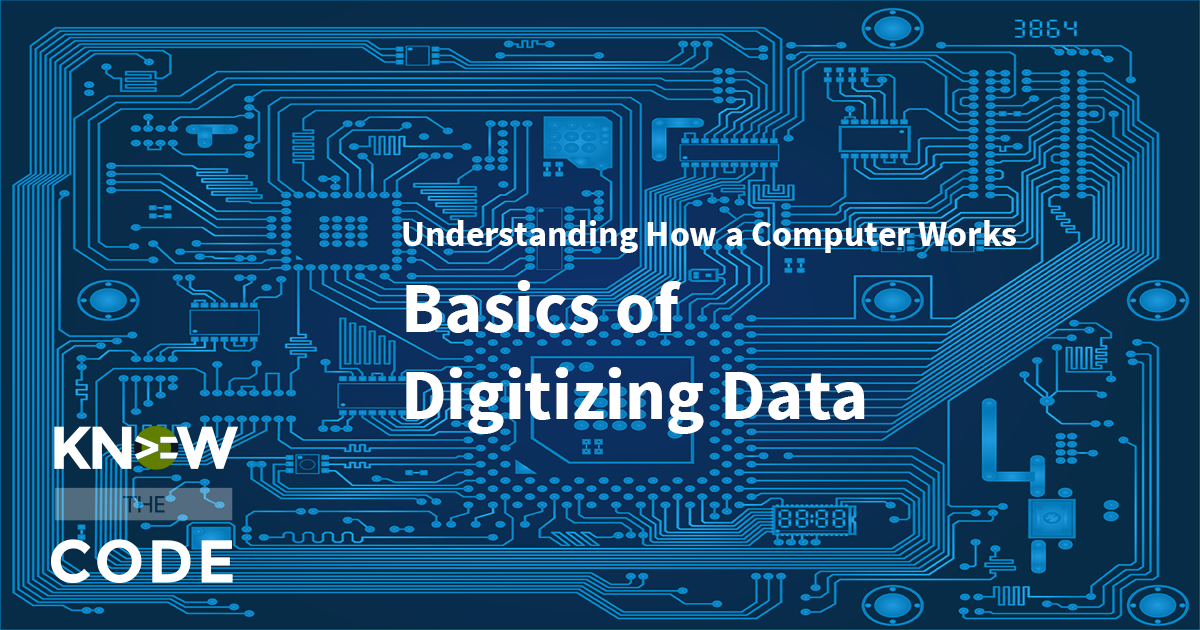The XOR in software can be confusing. Let’s look at it in circuitry to understand how it works. Your key takeaways from this episode are: Study Notes An XOR Gate is a combination of the following gates: two NOT Gates two AND Gates one OR Gate Each input is wired to one leg of each AND with one of those legs going through a NOT Gate first before the AND. The NOT leg provides an inverse state of the input’s state. Each AND Gate output wires to one of the inputs into the OR Gate. Therefore, either AND Gate can […]
Labs
Labs are hands-on coding projects that you build along with Tonya as she explains the code, concepts, and thought processes behind it. You can use the labs to further your code knowledge or to use right in your projects. Each lab ties into the Docx to ensure you have the information you need.
Each lab is designed to further your understanding and mastery of code. You learn more about how to think about its construction, quality, maintainability, programmatic and logical thought, and problem-solving. While you may be building a specific thing, Tonya presents the why of it to make it adaptable far beyond that specific implementation, thereby giving you the means to make it your own, in any context.
Understanding Gates – OR Gate
In software, the OR operator in a conditional expression is true when either decision is true. In circuitry, it works the same. When either input is on, then the OR gate turns on. Your key takeaways are: OR works the same in circuitry as it does in code OR (shown as || in code) works in “parallel” If both input states are “false,” then the circuit computes to “false” Else, the circuit computes to “true” Study Notes An OR Gate consists of inputs wired in parallel, meaning that the output will be “on” when one or both of the inputs […]
Understanding Gates – AND Gate
Just like in software, the AND gate turns on the output when both inputs are in an on state. Your key takeaways are: AND works the same in circuitry as it does in code AND Gate (or && in code) work in “series” Both input states must be “true” in order for the circuit to compute as “true” Study Notes AND Gates are inputs wired in series, meaning that both inputs must be in an “on” state for the output to be “on.” Logically you can use pseudocode to visualize the gate’s process: if ( this AND that ) then […]
Understanding Gates – NOT Gate
The NOT gate in both circuitry and software represent an inverse or opposite state. It’s an inverter, meaning it flips the state and returns the opposite of it. Your key takeaways for this episode are: NOT works the same in circuitry as it does in code The NOT gate (or the ! in your code) gives you the opposite-or inverse-state Study Notes NOT = Inverse (Opposite state) What is the opposite state of the following?: On (off) Ok (not ok) True (false) 1 (0) Go (stop) Inverse Relay Logic In inverse relay logic, when the relay is off, the natural […]
Introduction to Pseudocode and Truth Tables
Pseudocode is a technique for expressing code in a more natural language. It allows you to think through your code before writing it. Then the truth tables provide you with the switch (gate) states. You will use these states in your code too. Your takeaways from this episode are: Pseudocode is a verbose human-readable expression of logic Truth table provides the expected state of the output for the given argument(s) Both tools build logical and analytical thought processes Both tools help you to visualize for problem solving Study Notes Pseudocode What is pseudocode? Written way to express logic Verbose Human-readable […]
Understanding Switch Logic
Let’s start with the basics of electricity and electronics. Computers use power. Knowing the basics of power flow and switch logic helps you to understand not only the computer, but also computational processes. Your takeaways from this episode: Power flows when there is a complete circuit and path Power flows from the voltage source (V) to the physical rod that is connected to earth ground When a relay coil is powered on, the switch is physically pulled to the on state Relays are the foundation of both software and computer circuitry Study Notes Why Switch Logic? In this topic, we […]
Lab Introduction
Why do you need to understand switches? Computer circuit boards work on switch logic Software works on switch logic as well In these lessons, you will learn a basic understanding of: Switch logic Gates Memory circuit to store 1 bit in the computer circuitry Adder circuits to add binary numbers within the computer’s CPU

Basics of Data and Program Circuitry
A solid understanding of computer circuitry will help you get the most of the computer. In this lab, you will learn about switch logic, truth tables, gates (like NOT, AND, OR, XOR, etc.), memory circuits, and addition circuits. Hum, you use the gating logic in your code too.

Digital Image Data Representation
How does your computer see an image? Our eyes see the blue sky, cirrus clouds painting the sky, and the green grass, but how does a computer represent this same picture? Let’s explore how images are represented in the computer. Your key takeaways from this episode are: Digital images are comprised of tiny amounts of information. The pixel is the unit of measure for a digital image. One pixel represents a single color. Colors are represented in hex, RGB, and other identification schemes. Pixels are identified by their location within the coordinate grid. Study Notes How Computers See Images Computers […]
Textual Data Representation
When you write “WordPress Rocks,” the computer needs a way to understand each of the characters. In this episode, you will learn how textual data is represented in the computer. We need a way to encode text into a format that computers understand. Let’s talk about ASCII and unicode character sets. Your takeaways from this episode are: Human-readable string data is a representation of binary ASCII uses 8-bit Unicode uses 8 or 16-bit and is flexible for more bits Unicode is for international use Encoding is a technique to reduce memory footprint Study Notes Now, you are going to learn […]
